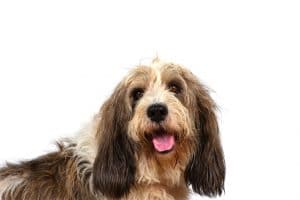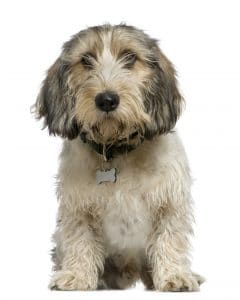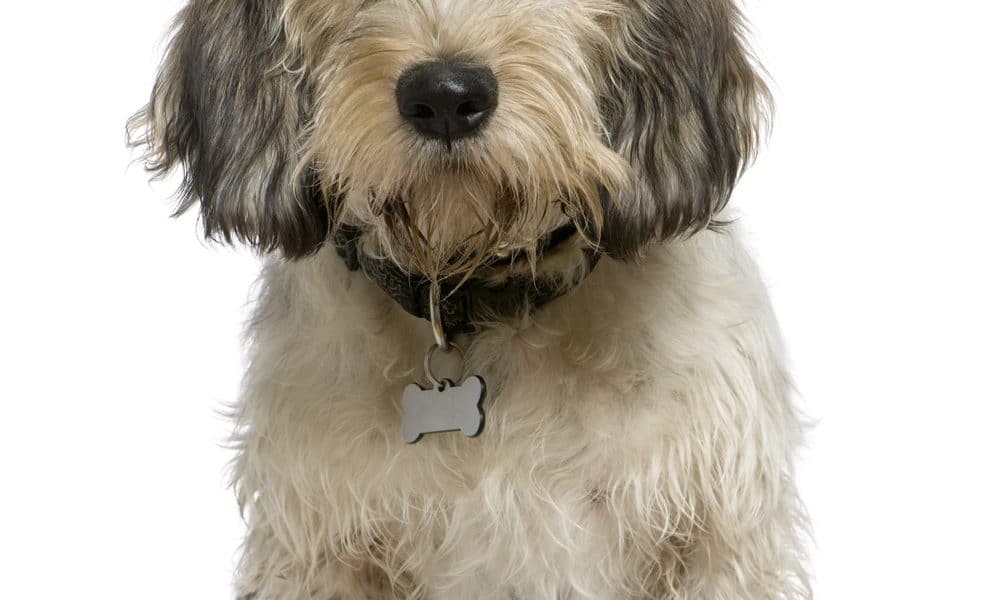The winner of Crufts 2013 – The Petit Basset Griffon Vendéen
Commonly known as the PBGV, may look like a hairy basset hound, but in reality it is an entirely different breed with a rich history. A sturdy, friendly scent hound with an effervescent personality, the PBGV makes an excellent pet or working dog for the right family.

History
The PBGV’s history can be traced back to 16th century France. French hunting dogs were bred in two varieties– a large and powerful version, used for hunting wolves and deer, and a smaller, quicker version, used for hunting hares and fowl. The PBGV originated as a variety of its larger cousin, the Griffon Vendeen, and was developed from smaller individuals born in Griffon Vendeen litters. Bred to hunt by scent, the PBGV became a specialized hunter of hares and rabbits in France, the United States, and Canada. In 1907, Paul Dezamy, the founding president of the Club du Basset Vendeen, devised the first breed standard; however, the same standard was used for both the Basset Vendeen and the PBGV. It wasn’t until the 1950s that a separate standard was set for the PBGV, and interbreeding of the two varieties was permitted until 1975. In 1990, the PBGV was recognized as a breed by the American Kennel Club, and by 1991 PBGVs were allowed to compete in AKC shows.
Physical Attributes
Developed to hunt small game in the rough terrain of the Vendeen region of France, the PBGV is a short and hearty dog. Low to the ground, they measure 13 to 15 inches at the shoulder, with short legs and a long body. The folded ears are low-set and oval. The breed is wirehaired, with a rough, coarse coat. Long eyebrows, a beard, and a mustache are expected. Bred for easy visibility in the hunting field, the PBGV is white, with patches in any shade of lemon, sable, black, tricolor, orange, or gray. In general, this breed should look like a rough and tumble dog, moving boldly and freely, and capable of hunting all day.
 Health
Health
Although breeds may be genetically predisposed to various health problems, the PBGV is, in general, a healthy dog. Health problems that are sometimes seen in this breed include developmental musculoskeletal problems, including hip dysplasia, patellar luxation (floating kneecap), and neck pain syndrome. PBGVs are predisposed to glaucoma and other congenital eye problems; reputable breeders are careful to breed healthy dogs that are free of these problems in order to make the breed healthier as a whole.
Family Life
Like any scent hound, the PBGV is a bold and vivacious dog that follows its nose. If properly socialized, they get along well with children and other pets. They are intelligent and need plenty of exercise. If they become bored, they will find ways to entertain themselves; this may result in household damage. While they can be independent, PBGVs are motivated to please their owners, and can be trained with patience and consistency. A strong hunting instinct means that a fenced yard or leash is a must, as the PBGV may run after a rabbit without warning or regard for dangers such as nearby roads. The breed standard calls for “a good voice, freely used”– be forewarned, these dogs like to bark! However, with proper training, they can be trained to bark as an alert rather than as mindless noise. The PBGV’s rough coat is easy to care for, requiring a thorough brushing weekly.
The PBGV is a friendly and active breed that is great for families with older children. Delightfully intelligent and playfully busy, it’s easy to see why they are a popular member of the hound group.


